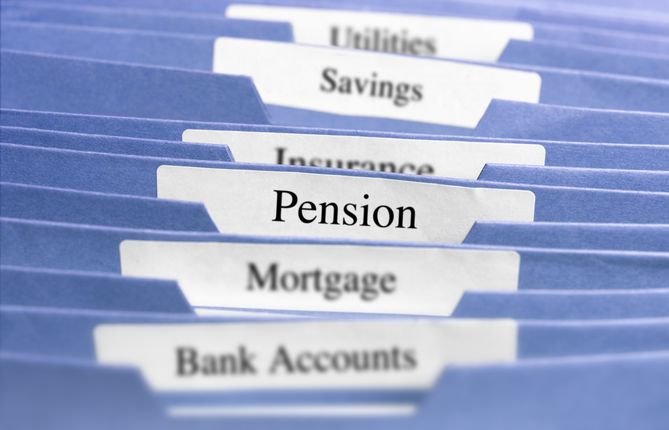While the age pension increase on 20 March represented the biggest rise since 2013, care recipients unfortunately won’t be enjoying as much of the increase as they should be.
The 2.1% increase will see single pensioners receive an extra $20.10 per fortnight and couples up to $30.20 per fortnight (where both members of the couple are eligible).
It will also see some people who currently just miss out on a pension become eligible as the cut off amounts of assets and income are also increased.
Minister Anne Ruston said: “This is putting money in the pockets of all Australians who rely on our social security system and, in particular, older Australians.”
But older Australians who are receiving aged care, whether that’s a home care package or residential aged care, need to know that an increase to the pension also means an increase to their Basic Daily Fee.

You see the Basic Daily Fee you pay towards your cost of aged care is set based on a percentage of the pension.
For instance, if you’re on a home care level four package, the maximum Basic Daily Fee is set at 17.5% of the basic Age Pension, which means it increased from $11.02 per day to $11.26 per day from 20 March.
Here’s how the Basic Daily Fee changed for all home care packages from 20 March:
-
Level 1 was $9.88 per day and increased to $10.08 per day
-
Level 2 was $10.44 per day and increased to $10.66 per day
-
Level 3 was $10.74 per day and increased to $10.97 per day
-
Level 4 was $11.02 per day and increased to $11.26 per day
This means that of the fortnightly $20 pension increase up to $3.36 will be needed to meet the increased cost of a home care package.
The situation is more acute for residents in residential aged care.
Here, the Basic Daily Fee is set at 85% of the pension.
This means the Basic Daily Fee has increased from $53.56 to $54.69 per day.
In a nutshell this means that the basic daily fee increase is $15.82 a fortnight, so of the extra $20.10 in pension payments people living in aged care will only have $4.28 per fortnight to cover increases to their cost of living.
The problem here is that people receiving home care, and even residents of aged care, still pay for their own clothing, food, alcohol and tobacco, in addition to what is provided to them.
Medications and health care and may also have their own insurances and other costs.
As such, care recipients are having to absorb the increased costs of these goods, without being able to access all of the pension increase provided to pay for them.
This means care recipients are probably getting a pay cut, not a pay rise, particularly for residents in aged care facilities who are losing most of their pension increase in the Basic Daily Fee increase.
It’s an unfair situation worthy of close investigation by Ms Ruston and the Australian Government.
Rachel Lane is a retirement living and age care expert
FIND OUT MORE
- Pension jumps up to $30 per fortnight but rent assistance payments stay flat
- Learn about the different downsizing options on offer, and insider tips on making the move, in our just-released Ultimate Guide to Downsizing 2022.


